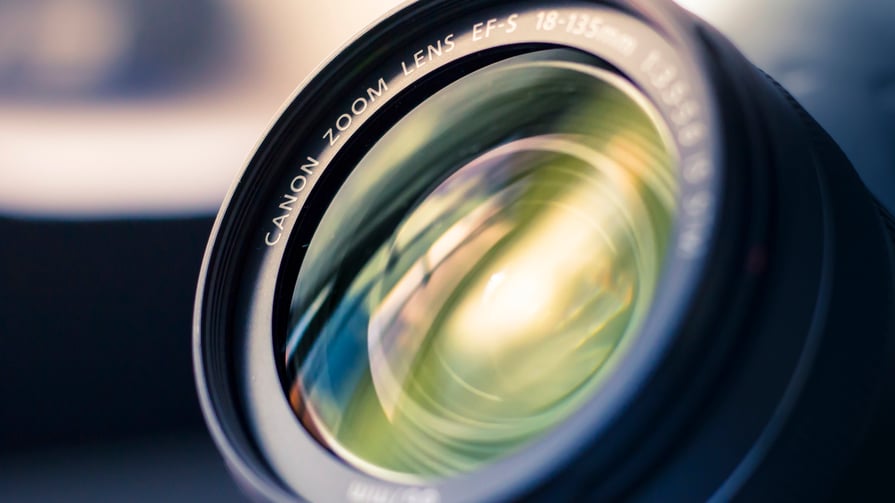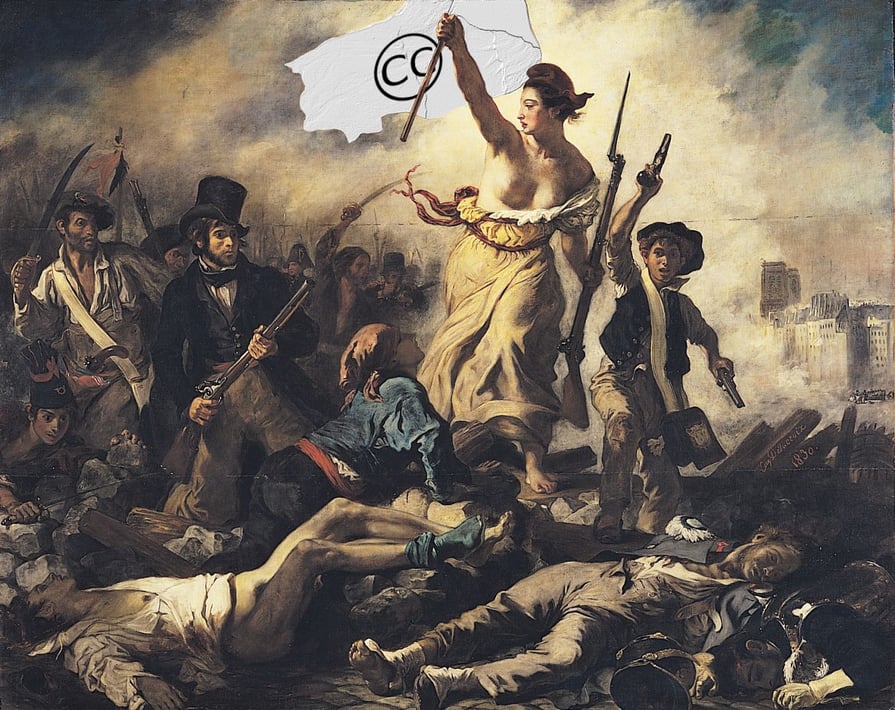Images are super important when getting started with your online publication. That goes without saying. Roughly 70% of the content in online publications using our software consists of GIFs, pictures and videos. But how do you find suitable images that you’re in fact allowed to use? Not everyone is aware of copyright issues relating to the use of images. Just because you can find a picture using Google does not automatically mean you’re free to use it in your publication.
Identifying rights
You quickly grabbed a pic from the web to complete your article, whitepaper, ebook or story: it’s so easy. However, chances are you just took a copyrighted photo which you don’t have permission to share. Often the photographer requires you to ask permission or to pay for using their photo. How can you quickly determine the source of a photo? Using Google Images you can search for the source, you can upload a photo yourself and trace it back as a test case, or you could use TinEye to track down the source.
What is copyright?
Copyright is the right of a photographer to publish and distribute his or her work. The photographer has exclusive rights and is allowed to set conditions with regards to what interested parties may or may not do with their image. Copyright protects the creator, to prevent their work being shared with the rest of the world without permission.
There are several forms of copyright. For example, a photo is often accompanied by the text ‘All rights reserved’ and the familiar copyright symbol ©, but the six different types of Creative Commons licenses are also becoming more prevalent in the context of ‘Some rights reserved’. And did you think that free photos are always free of rights? Think again. Copyright law states that all rights are reserved automatically. By default, distribution of a photographer’s images is not permitted unless the creator grants explicit permission. So, free is not the same as free of rights.

Copyright can best be classified in two categories:
- 1. All rights reserved: Pay up or get permission
Many photos are accompanied by the text ‘All rights reserved’ and the symbol ©. Usually this means that a photographer requires you to pay to use their photo, but in some cases asking permission is sufficient. Obviously, you always have to include a credit. Unfortunately, in most cases ‘All rights reserved’ means that the photo may not be modified and therefore only the original file may be shared.
You usually find this type of image on stock photo sites like Shutterstock. These sites act as intermediaries: on their website they offer images from photographers who want to sell their work. This (often) involves a considerable price tag,
- 2. Some rights reserved: the six Creative Commons licenses
People who use the Flickr photo service are perhaps already familiar with the term ‘Creative Commons’ (CC). This enables photographers to allow copyrighted work to be distributed free of charge for certain types of reuse. The copyright that protects creators remains in place.

Creative Commons guiding the contributors. Derivative work of Liberty Leading the People by Eugène Delacroix.
The Creative Commons consists of six licenses, based on four sets of conditions. The way the Creative Commons website explains these licenses may seem a bit abstract, but websites like Flickr and Google Images set out the conditions in a much more user-friendly way. When you search for images, you can turn on options like 'commercial use allowed', 'modifications allowed’, but also ‘all creative commons’. This enables you to know right away whether you may use an image and whether the image may be modified or not.
But how do I get free, rights-free images fast?
When you are approaching a deadline for your digital publication, you often don’t have time to ask permission to use a photo. If there are budgetary constraints, a photo might be too expensive. Does this mean quickly finding attractive, quality images for a low price (or for free!) is impossible? Certainly not! Free stock photo sites are the answer to this problem: Google ‘free stock photos’ and discover a wide selection of good-quality free image libraries. But be aware that you will sometimes be required to include a credit.
Need inspiration in your search for images? Read our blog about using images.
Blog photo: Skley via Flickr

